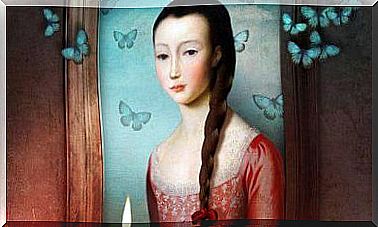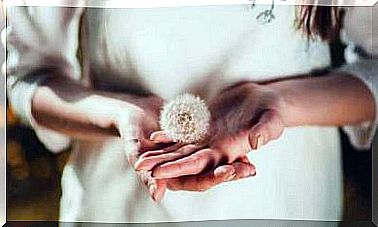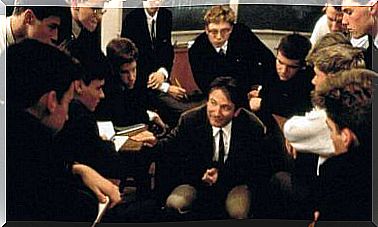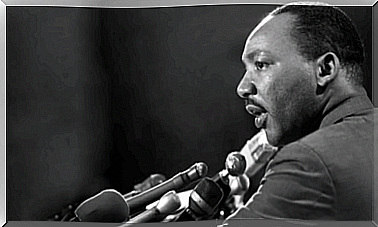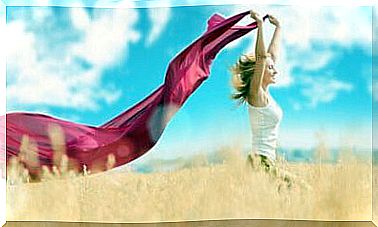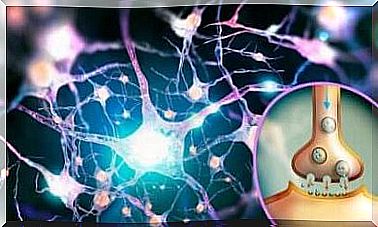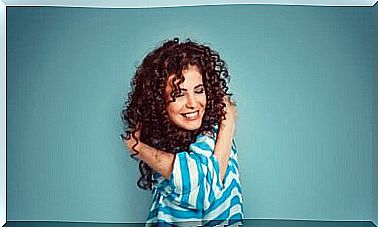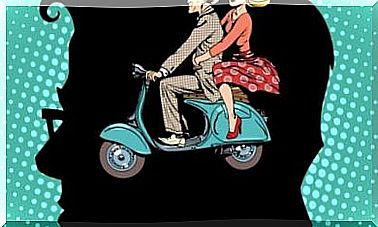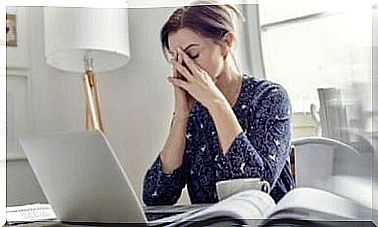Suspiria: Two Versions Of The Same Script
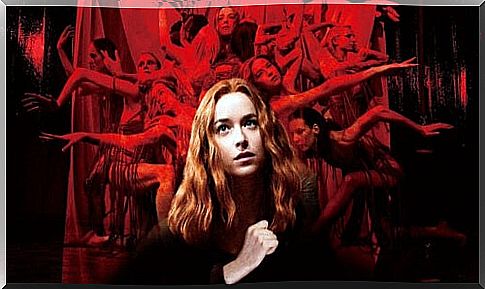
It was the 70s when director Dario Argento surprised everyone with his unforgettable Suspiria, the film that paved the way for what would be the trilogy of The Three Mothers .
The horror genre, and more precisely the thriller, is the basic ingredient of Argento’s films, which for a long time terrified audiences in the cinema. If there is a color to identify Silver, it can only be the color of blood, a red often protagonist of his filmography and which takes us into an aesthetic dimension made of terror and violence.
In Suspiria , Argento embraces a more supernatural, enigmatic and dense terror. The screenplay, written in collaboration with his then wife, Daria Nicolodi, leaves much of the plot to the public’s imagination. Viewers had the task of reconstructing the message not explicitly given in the film, of imagining what exactly had happened behind the terrible walls of the Freiburg Dance Academy.
A few decades later, in 2018, another director, Luca Guadagnino, dusted off the script by Argento and Nicolodi to give it a new meaning. Thinking of everything a spectator could interpret, he expanded the small universe of the 70s by adding some elements of the contemporary.
Suspiria di Guadagnino departs considerably from the previous one, but does not forget its roots and, often, gives us that red so characteristic of Argento’s film. Two ways of understanding terror, two ways of creating suspense and, ultimately, two different ways of telling the same story.
ATTENTION: the article may contain spoilers.
Suspiria : a female universe
On other occasions we have already reported that, unfortunately, the presence of women in the cinema has been, especially in the past, relegated to secondary roles or to purely “feminine” issues: motherhood, beauty, housework, etc. For decades, men have been the heroes of cinema. Not to mention the small role women play behind the cameras.
However, Dario Argento not only could count on his wife for the edition of the Suspiria screenplay , but also brought together a cast of women quite outside the box of the time. Suspiria takes us to a prestigious German dance academy where the power is in the hands of women. There are also male characters, but for the most part they fill secondary roles. Therefore, an inversion of roles is produced with respect to the norms of the time.
One of the most prominent male characters (although not too much) is that of the young Mark, played by a very young Miguel Bosé. Mark is a dancer from the Freiburg dance academy, subject to the power of women. He is presented to us as a somewhat effeminate character, but one that arouses the interest of the protagonist, Susie. The gender roles in the original film are quite fluid.
Susie is a young American who comes to Germany to study at the Freiburg Dance Academy. He does not know, however, that this place is in effect a coven of witches. The female presence floods the screen, protagonists and antagonists are all women.
Guadagnino goes further; in full era MeToo and feminist claim, your film echoes all these movements. Chameleon actress Tilda Swinton plays three characters, including a man.
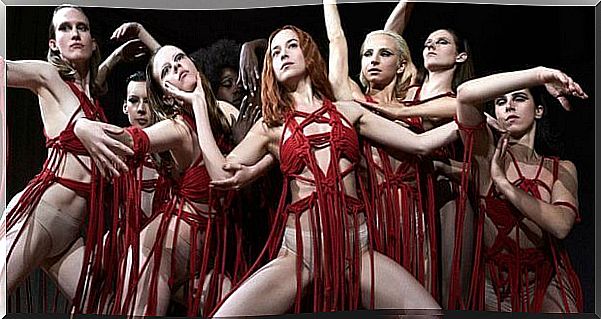
Many might think that this role swapping was unnecessary and that they could have employed a male actor. However, necessary or not, the decision is nothing more than a claim. Let’s not forget that, for a long time, theatrical actors have always been men and, consequently, they had to dress as a woman to play female roles. Many of the plays staged by great playwrights such as William Shakespeare have therefore been interpreted entirely by men.
This declaration of intent, in the most recent version of Suspiria culminates in the elimination of the male presence, relegating it to an even more secondary level. The truth is that witchcraft is typically associated with women and often with negative connotations. Guadagnino makes her film a feminist claim, screaming at the past, stating that women can play any role.
We have several examples of how witchcraft has been used to show new realities. In this sense, series like American Horror Story or The Terrifying Adventures of Sabrina show us the feminist claim through witchcraft.
In the current version of Suspiria , the political background of the story is used to draw a parallel with the ungovernability of the coven. A sort of dichotomy between the historical patriarchy and the matriarchy of the coven. Guadagnino’s version therefore proposes a renewal and an update of the latent values in Argento’s film.
Two ways of interpreting terror
Leaving aside purely cultural and historical issues, Suspiria remains a horror film. In the original, Argento made extensive use of the off-screen, confining the mysteries of the coven behind the walls. Through the music and the color, the viewer understood that something strange was happening, but he was not given to know what evil was hiding behind those walls.
Susie’s arrival in Germany is revealing, Argento shows us a known space: the airport. The sounds of the environment and the plans of the young Susie moving towards the exit draw a realism that contrasts with a series of counter-planes in which we see her leaving the airport. An exit into the darkness, accompanied by the exceptional and disturbing music of the Goblins, which seems to warn us of the presence of evil, of the fantastic and unknown element.
The taxi ride to the Academy is not at all promising, the kaleidoscopic lights distort reality, the music gets louder and the outside shows us a hostile and frightening nature. In doing so, the viewer understands that something is about to happen, that Susie would be better off returning to the airport and not entering the dance academy.
In the current version of Suspiria , the presence of evil is described in the visit by the psychiatrist of the young Patricia, a student of the Academy. Patricia exposes to the psychiatrist some paranormal facts that are happening in the academy. Two possible explanations of the fact are then provided: the rational one, ie the psychiatrist’s version; and the paranormal one, or that of Patricia’s words.
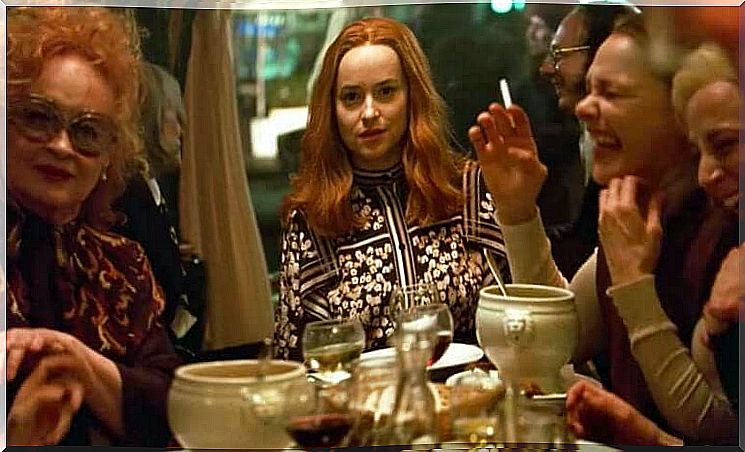
Guadagnino’s version is more realistic, distorted reality and disturbing music disappear, but one is immersed in the sounds of the environment, of the dancing and shivering bodies. Red, the great protagonist of the original Suspiria , appears only in Susie’s hair, connecting, in a certain sense, to the collective imagination.
Red hair has often been associated with witchcraft and, in Guadagnino’s film, takes on a certain relevance when the witches decide to cut it on Susie. However, far from losing her strength, like Samson, Susie rises to the true Mother Suspiriorum. Thus, in the climax of the film, red returns to color the images, plunges us back into a bloodbath, taking us back to Argento’s roots.
Guadagnino intends to tell us all the mysteries of the coven, showing us what the previous film left off screen. Search for the connection between dance and witchcraft through an overwhelming and uncomfortable scene. Argento, on the other hand, tries to envelop us in a surreal, paranormal and strange atmosphere that disturbs and terrifies us.
His camera adopts a more voyeuristic view, as if he were a character who spies on the movements of the girls of the academy. Both filmmakers make use of images from the collective imagination, one in a suggested form, and the other in an explicit form.
Argento imagines his film as a fairy tale in which the protagonists are little girls, but not being able to do it in reality, he disseminated some traces that are linked to that childhood vision in the midst of horror.
In essence, we are faced with a scary fairy tale, with real terror that leaves almost nothing to the imagination, two visions of the same script, but very different. Both enjoyable and shocking, although we continue to like that of Argento more … And you, which one do you prefer?
